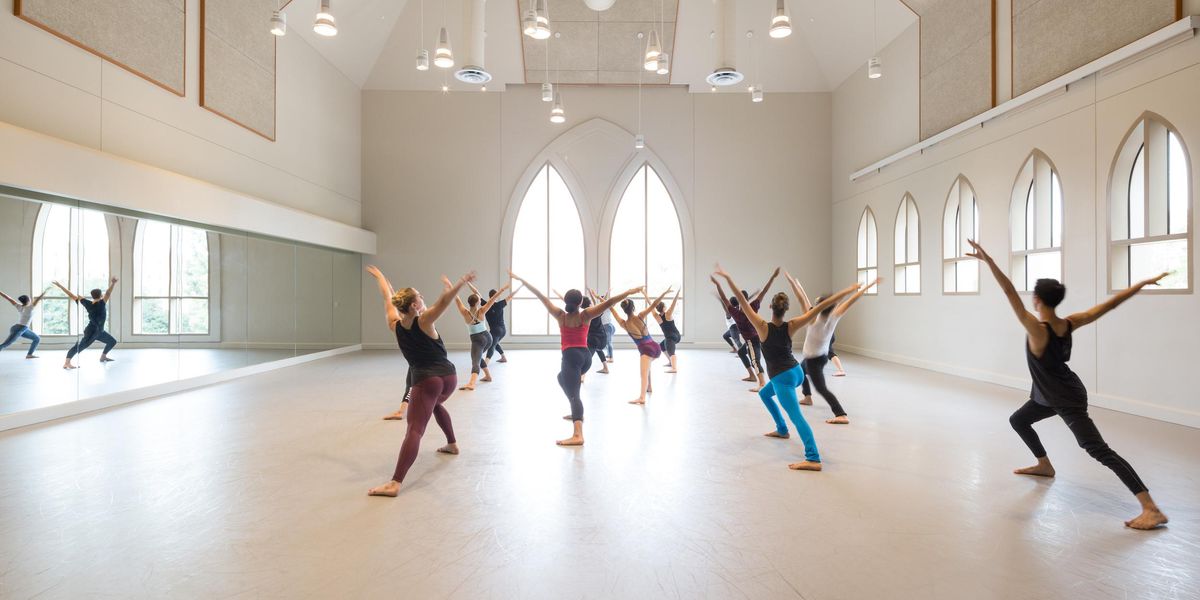Pina Bausch Marathon: Pleasure or Pain?
The Pina Bausch marathon in London, starting tomorrow, promises to be the most spectacular event in the Cultural Olympiad. Forget the armada of 1,000 ships sailing down the Thames in honor of Queen Elizabeth’s 60 years. The “World Cities” project, comprising 10 of her pieces made in different cities, will wrap audiences in the pleasures and challenges of Pina Bausch’s dances. It will be an opportunity to soak up and contemplate the work of one of the great artists of our time.
With a sense of wanderlust, or rather art lust, I envy those who are about to immerse themselves in “World Cities.” To visit these cities—Kolkata, Los Angeles, Hong Kong, Istanbul, Sao Paulo, Saitama, Palermo, Rome, Budapest, and Santiago de Chile—through the eyes of Bausch and Wuppertal Dance Theatre will surely be an amazing experience. Of course these pieces are not really about each city, but about how Pina Bausch saw the world, and how she interacted with her dancers. The exhilarating (or disturbing) combination of flirtation, combat, wacky behavior, and glamour—all drenched in her rich imagination—marks each one of these works. Though each has its own flavor, they all share a physical wit and a lusciousness that’s got an erotic/neurotic charge.
Roslyn Sulcas’ excellent article on “World Cities” serves as a guide to what we are missing. For those of us stateside, we’ll have to wait till the fall at BAM’s Next Wave Festival to see the next Bausch city adventure.
We’ve been reminded recently of Bausch’s spectacular imagination by Wim Wenders in his dazzling, stirring film PINA—which just won the Astaire Award in the documentary film category.
I am also reminded of the week Pina died in 2009. I happened to see the company perform in Spoleto five days later. I posted a blog about them dancing a blissful piece during a mournful time. They were doing Bamboo Blues, which will be part of “World Cities.”
I just have one tiny little question about this marathon. Among the many brilliant devices Bausch used in her work was repetitiveness. Often the solos grew out of her work with each dancer. I love these solos because they make each dancer’s individuality visible through Bausch’s movement invention. But usually each solo is very repetitious. She was kind of obsessive about obsession and that’s how it was expressed. While I can appreciate the honesty of that inner turmoil, sitting through it during 10 long works might be difficult for me. So I will be eager to hear how others react to the endurance-test aspect of the series.
One last note: It’s so moving to see this video of Pina Bausch accepting her Dance Magazine Award in 2008—so humble and thankful. She is one for the ages. —Wendy Perron
Pablo Aran Gimeno, Shantala Shivalingappa, and Fernando Suels Mendoza in
Bamboo Blues. Photo by Richard Termine, Courtesy BAM.




